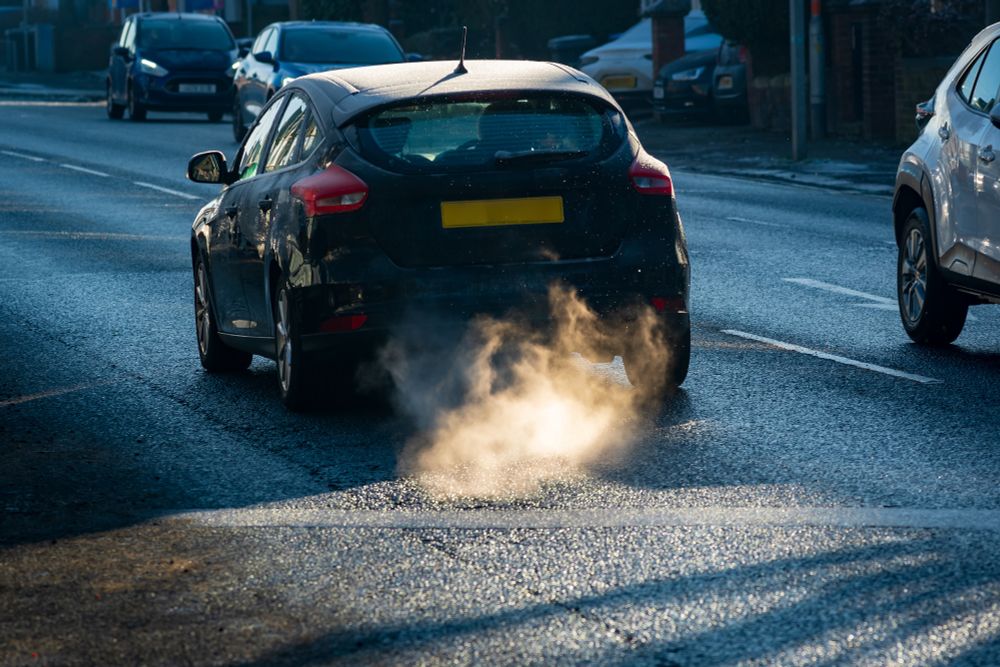Michael Szell
@mszll.datasci.social.ap.brid.gy
420 followers
14 following
140 posts
Human-centric urban #DataScience 🚶🚲 Sustainable #mobility #networks, in #Copenhagen. searchable
Created: https://datasci.social, https://growbike.net […]
🌉 bridged from https://datasci.social/@mszll on the fediverse by https://fed.brid.gy/
Posts
Media
Videos
Starter Packs
Reposted by Michael Szell
Reposted by Michael Szell
Reposted by Michael Szell
Reposted by Michael Szell


















